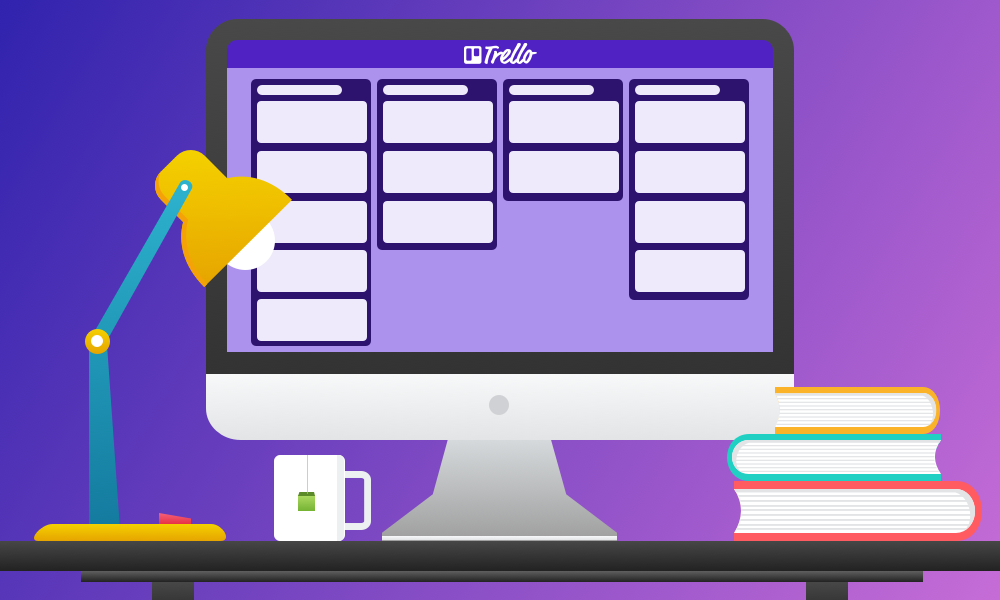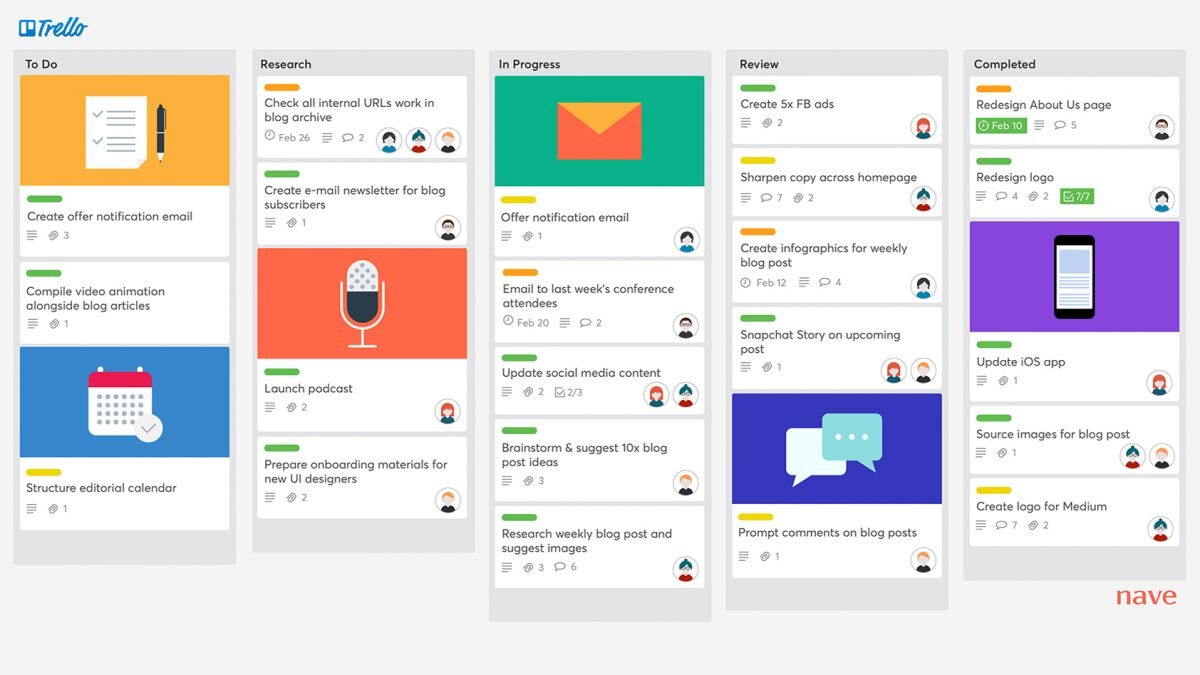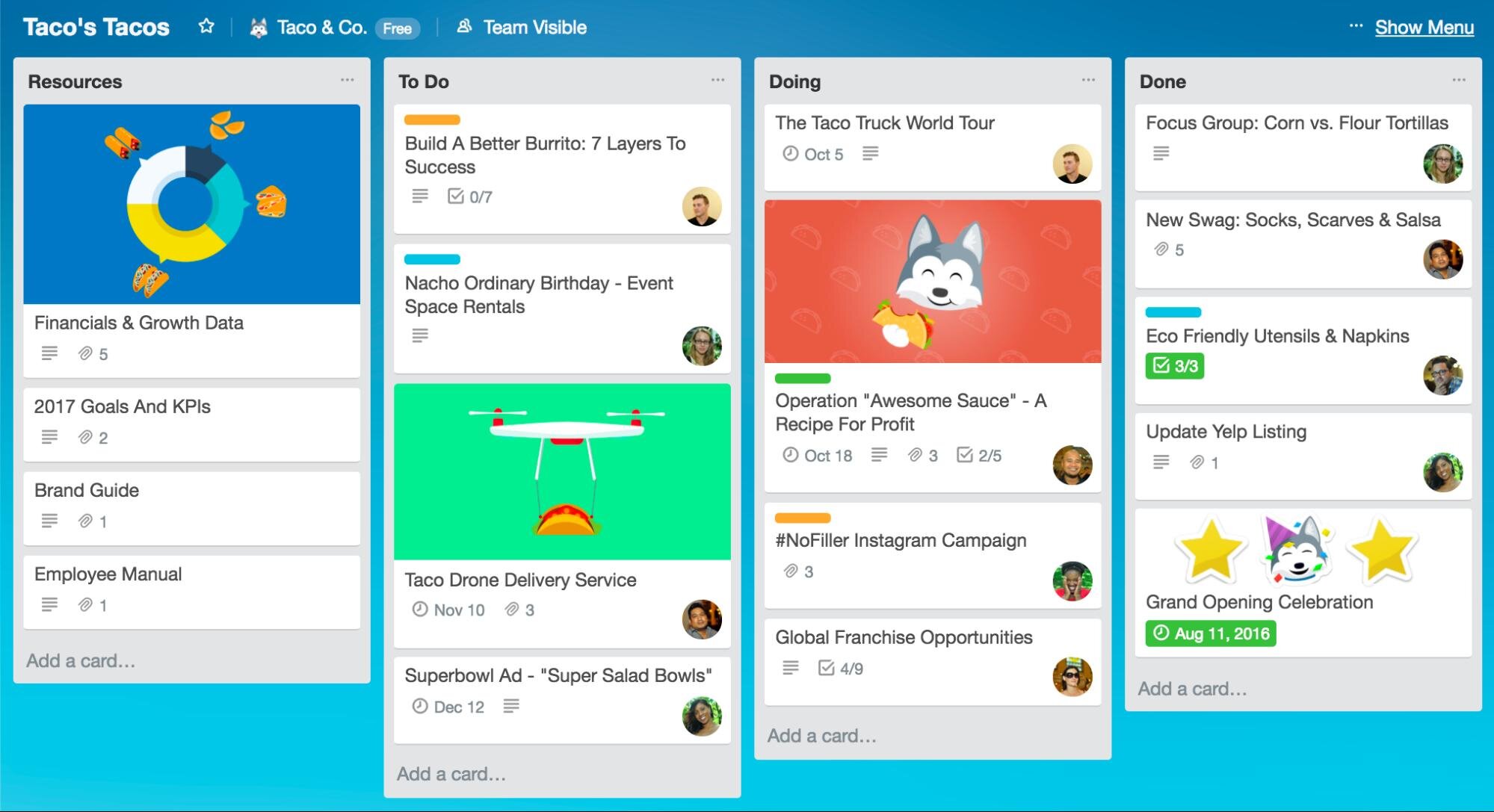Showing Up Authentically for Black Lives
Clarissa Chen
Jun 18 · 8 min read
The Movement for Black Lives is not about me, but I am being called to show up — consistently — until something shifts, until all the police departments in this country are defunded, until enough of us believe that Black lives matter and create systems that are born out of that belief.
As a Taiwanese American woman, I show up to this movement as someone neither Black nor White, with enough privilege to know that I won’t have to fear police brutality in day-to-day life and enough experience to know that my existence is not accepted in a culture of White supremacy.
I’ve noticed a difference between Black folks who have been doing the work of fighting the systemic injustices continuously and non-Black folks who can choose to come in and out of this work.
Non-Black folks, including myself, feel this urgency when it bubbles up as the top news story; Black folks feel this reality daily. We must connect ourselves to this feeling of constant urgency to fight for Black lives in a sustained manner. All allies have to examine their stake in the movement.
Asian Americans should start by honoring that we can only exist on this land because of centuries of the exploitation of Black and Indigenous people. Asian immigration stories vastly vary from voluntary to seeking refuge from war, but recently, we owe Black activists for their work during the Civil Rights movement that influenced lawmakers to pass the 1965 Immigration and Nationality Act, which lifted the immigration quotas that prevented our ancestors from moving to the US.
We Asian Americans largely have been both active perpetrators and passive bystanders to the oppression of Black people the entire time we have existed in this country. This is because White supremacy culture has taught us to be quiet. Asian Americans specifically have been painted by White supremacy culture to be submissive, effeminate, and passive. We have internalized these racist beliefs and as a result, many of us have stood quietly in the face of oppression. East Asians in particular have benefited from moving closer to whiteness.
In the specific case of George Floyd, various Asian communities felt ashamed of and outraged by the owner, Mahmoud Abumayyaleh, whose store workers called the police on Floyd, and the Hmong police officer, Tou Thao, who was a bystander to his murder. He, along with three other officers, watched Floyd’s murderer kneel on his neck and didn’t stop it.
We should absolutely be upset about that.
In light of #AhmaudArbery and ongoing police violence, how can the Asian and Asian American community show up for our…
My generation, born in the late 90s, strives to be loudly rebellious, reclaiming an Asian American activist history by recognizing our power in holding radical beliefs of living outside of those stereotypes. Yuri Kochiyama and Grace Lee Boggs, among others, modeled this for us as allies to the Black Power and Liberation movement of the 60s and 70s. We are actively denying the model minority myth: that Asians are high-achieving and somehow better than other people of color because of our work ethic and perceived compliance with the status quo. We recognize that this myth is a story of capitalism and anti-Blackness, created to drive a wedge between Asians and other racial minorities.
Unpacking the model minority is one example of understanding our histories, a practice that is a necessity to combat a White supremacist culture that seeks to flatten our racial identities and disconnect us from a history when we were free from its presence.
For me, unraveling the stories that have led to my existence is about knowing myself. As I examine my beliefs and the choices they engender, I recognize that these beliefs are often not really mine. They are beliefs passed down from my parents, peers, and media, steeped in Whiteness, capitalism, patriarchy, and trauma.
Knowing myself in my many iterations of contradicting beliefs, dissonant actions, mistakes, and successes cultivates authenticity. Authenticity is the practice of aligning our actions with values we assess and strive to develop as our own. Authenticity is practicing intentionality, growth, and expression; it is recognizing the power we have and wielding it consciously. Because our society is one built on colonization, cultivating authenticity goes hand-in-hand with decolonizing our mindset.
Inundations of posts on social media make it easy to be performative, demonstrating to others that “I’m woke! I’m paying attention!”. Publicly expressing your moral opinions, or virtue signaling is far different than showing up for action or providing labor for the movement. And we tend to engage in performance when we value others’ perceptions of who we are over our own.
Authenticity fights against those urges — when we know ourselves, we can be fully present. We consciously recognize the choices we make and the impacts they have on others.
As we reflect on our own identity and power in personal space, and in conversation with others, we are able to build deeper solidarity with others. Solidarity is a term thrown around these days, not often matching with what I picture as people unifying to offer consistent support, prioritizing the needs of the marginalized.
For my Asian American friends who are looking to speak with their families about anti-Blackness, start from a place of compassion. Our parents and the generations before them likely had less and felt disempowered from choice of how they existed in this country. Many shop owners could only afford property in predominantly Black communities, profiting off of lower-income folks. My parents grew up in homogenous groups of Taiwanese people, before immigrating and living surrounded by White people — they spout assumptions based in anti-Blackness every time they ask me about my life in Baltimore. We can both listen and see their experiences and push back on their biases with the information we’ve learned in our own lifetimes.
Solidarity is only possible when we organize with others in our community first. Segments of racial/ethnic groups may not exist forever, but organizing within our communities first acknowledges the reality of how we have secured our livelihood up to the present. Non-Black people must use their collective power and make sacrifices to be transformative. Fahd Ahmed from DRUM shared recently: “Solidarity… means having relationships of accountability and mutual struggle with our own people.”
I take this as a call to continue nurturing the connections we have within our self-identified communities. We must empathize, listen to, and support ourselves, our friends, and our families.
By Thenmozhi Soundararajan TW/CW: This article mentions anti-Blackness, state-sanctioned murder, and casteism. It's…
Relationships are the building blocks of revolution, and we deepen our relationships of solidarity with trust. Without trust, our connections are fragile. Without trust, we cannot be vulnerable in interactions of contradiction and compromise. Without trust, we cannot do the work of organizing.
This is why moving at the speed of trust has been resonating deeply with me.
Trust comes gradually. We can maintain urgency even when the movement seems to quiet by actualizing the necessary acts of expanding and deepening relationships to build collective power. Moving at the speed of trust can appear slow, too slow. Yet the gratification of generating a solution quickly is not only not possible, and also a (surprise) capitalist expectation.
I’ve found that trusting myself is the most difficult. I’m still pursuing my own truth, one that is not whitewashed or set in capitalist, patriarchal perceptions of myself. This is why I’ve cherished learning about Taiwanese history and my family’s heritage, along the way finding strings of occupation, capitalism, and resilience in it all. I now see myself as the descendants of women who have learned four languages in their lifetime, forced to adapt to occupation in their homeland by the Japanese, then the Kuomintang party of China. I see myself as the child of immigrants who believe they must constantly prove themselves to deserve a place in this society. I see myself healing to shape a legacy in the US where my family works alongside others toward collective liberation.
I’ve found that trusting myself is the most difficult. I’m still pursuing my own truth, one that is not whitewashed or set in capitalist, patriarchal perceptions of myself.
I am learning to trust myself, and I find encouragement to do so through the trusting relationships I share with others. Just as relationships of trust allow for contradiction and compromise, a practice of self-trust welcomes criticism and accountability. As I grow to trust myself, I grow to be accepting to the challenge of new perspectives without being defensive. Trust is a lifelong process, and one that we must engage in to sustain ourselves in a fight to dismantle White supremacy and prioritize Black lives.
Protest in Baltimore, MD on June 1st — Photo credit Julia Liss
We are privileged to grow up in a more diverse society than our parents did. We are privileged with the collective capacity to imagine a world that has never existed before. That imagination, the manifestation of those dreams is both entirely possible and extremely daunting.
And so I ask my fellow allies: Are you ready to fight for Black lives? All Black lives? How will you offer your labor? For how long? Do you mean it?
The work does not end with self-examination. But developing trust and authenticity is a necessary practice to offer our labor within the Movement for Black Lives in sustained, meaningful ways.
As I write about cultivating authenticity and trust, I will also suggest some reflection prompts and daily ways to sustain your power and stake in the Movement for Black Lives as an ally.
Ask:
In what ways do I use my privilege and power for justice?
What I have to gain from dismantling White supremacy?
What does my community (in however many ways I define that) have to gain from dismantling White supremacy?
What do I have to sacrifice to support the needs of Black lives?
What does my community have to sacrifice to support the needs of Black lives?
Am I willing to make sacrifices? Of what kind? Why?
Do:
Understand your history. Share it with others, and help them uncover their own. This is a collective process.
Practice mindfulness to feel your body, your mind, and your spirit authentically. Understand what you bring to a space and how you process your interactions within it.
Honor the pain/joy/fear/trauma/knowledge of generations that live in your body.
Recognize that this is not easy work. Seeking to understand yourself when society tells you to deprioritize your needs is a radical act.
People and their works that I’ve been absorbing lately to inform my thoughts:
“Stop Killing Us” by Tamika Butler
Emergent Strategy by adrienne maree brown
The Gifts of Imperfection by Brene Brown
Instagram Posts from Ienna aka @decolonialbulaklak
“If We Called Ourselves Yellow” by Kat Chow
“Using the Asian American Racial Justice Toolkit to Defend Black Lives” (webinar) hosted by Grassroots Asians Rising
Conversations with fellow members of Baltimore Asian Resistance in Solidarity and The Chinatown Collective (community organizations in Baltimore, MD, USA)
Thank you to Hess Stinson and Rollin Hu for contributing editing to this piece!











